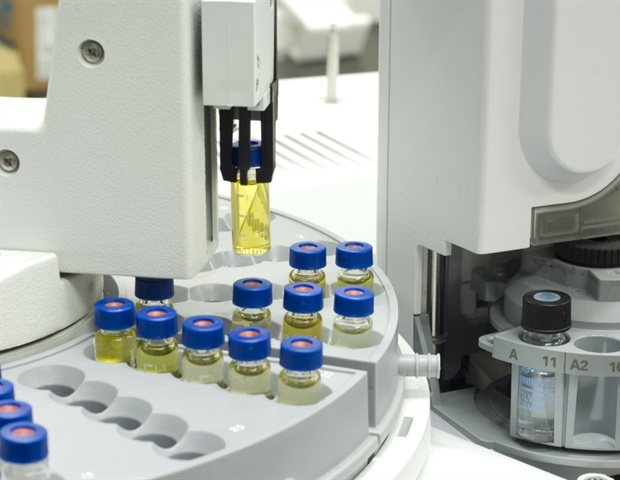Curious about wrinkle fillers, which hold the promise of smoother skin and a younger look without surgery?
Don’t confuse fillers with Botox, Dysport, and Xeomin. These are injectables that help smooth so-called dynamic lines — such as forehead furrows and crow’s feet caused by frowning and smiling — by blocking muscle contractions under the skin. Instead, FDA-approved cosmetic (or dermal) fillers on the market help restore the contours of the face by padding folds and wrinkles and replacing lost volume. They work on any skin tone.
Fillers don’t replace a facelift because they won’t lift skin that has a lot of sagging, says plastic surgeon Hatem Abou-Sayed, MD, FACS, who practices in West Palm Beach, FL. “But if there’s not a lot of skin laxity, fillers can replace lost volume, and that will contribute to a younger, more well-rested appearance.” Here’s a look at some of the most popular types.
Hyaluronic acid fillers are made of a sugar that occurs naturally in the body. Popular brands include Belotero Balance, Elevess, Juvederm, Perland, Prevelle Silk, and Restylane . These gel formulations come in thin and slightly thicker consistencies. They can fill both shallow areas, such as fine lines above the lips, and deeper folds, like those around the nose and the so-called marionette lines, creases that run downward from the corners of the mouth.
Hyaluronic fillers can also plump up thinning lips, restore volume to cheeks, fill under-eye hollows, and add definition to a slackening jawline. The effects remain visible anywhere from four months to a year, depending on the area treated. Results vary from person to person. If you don’t like the result, hyaluronic acid fillers can be reversed with an injection of the enzyme hyaluronidase.
Calcium hydroxylapatite microspheres, a compound similar to minerals found in the body, make up the main ingredient in Radiesse. Thicker than hyaluronic acid, it’s most effective where more volume is needed — for instance, to build up a weak chin, strengthen a jawline, pad sunken cheeks, or fill deep wrinkles. Results last a year or longer.
Poly L-lactic acid, known by the brand name Sculptra, is a biodegradable synthetic material also used in stitches. It doesn’t provide the kind of instant plumping that other fillers do. Instead, it gradually stimulates the body to regenerate its own collagen. You’ll need a series of 3 to 6 injection sessions, about a month apart, for results lasting up to two years.
Collagen fillers often comes from cows (bovine) or human cells. The body slowly absorbs the collage over time so regular injections may be needed to maintain results. Hyaluronic fillers are now more commonly used than collagen.
The Facts onFillers
Considering wrinkle fillers? Here’s what you need to know.
Choosing a Doctor. Your best bet: a board-certified plastic surgeon, dermatologist, or otolaryngologist who injects fillers daily.
Cost. Generally, the longer a filler lasts, the more expensive it is. Prices vary widely by location and by how much training the person doing the injecting has undergone. Hyaluronic acid fillers cost, on average, $684 per syringe, Radiesse about $717 per syringe, and Sculptra $853. Many people need more than one syringe.
Ouch Factor. Fillers are often mixed with lidocaine to minimize discomfort. A numbing cream applied before the injections will also help reduce pain.
Side Effects.You may have redness, swelling, or bruising that can last up to a few weeks. Don’t schedule your filler appointment less than two weeks before a big event. Allergic and other reactions, though rare, can occur.







